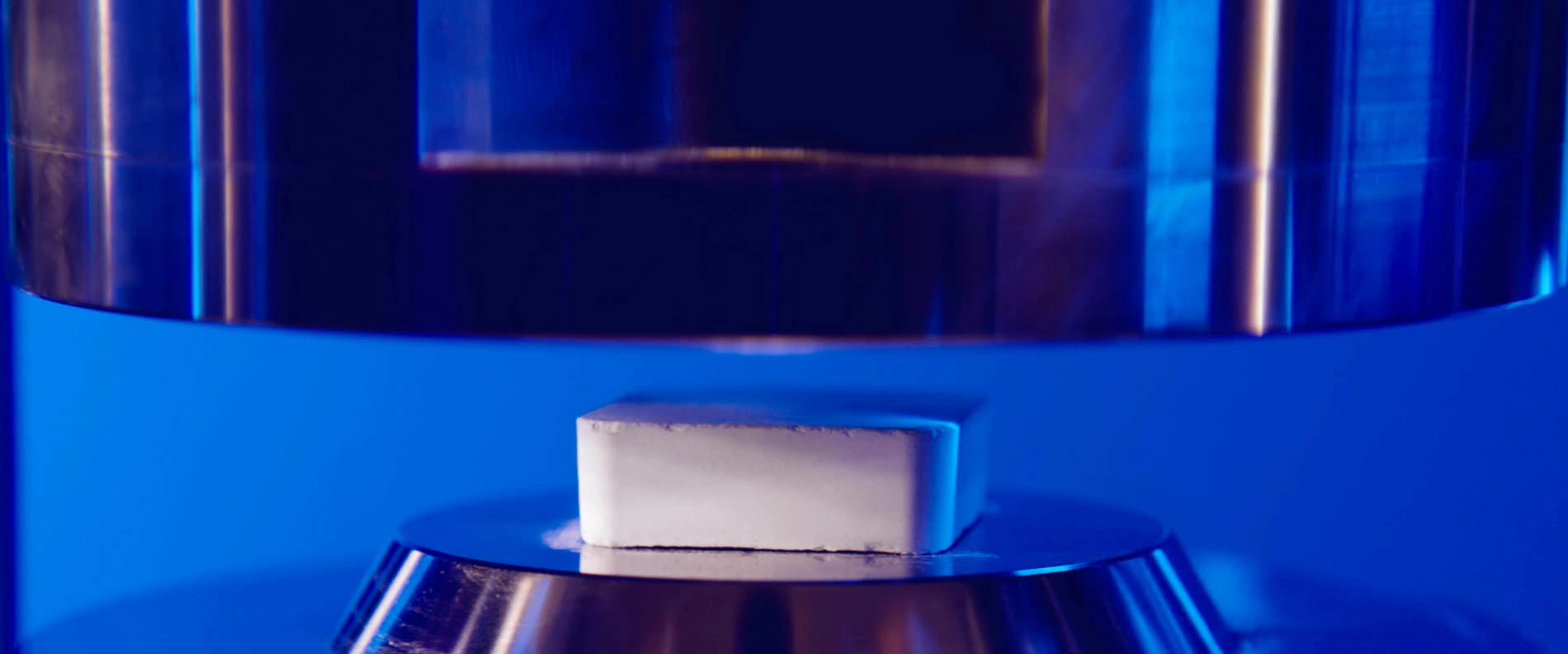The pursuit of advanced energy storage solutions has driven significant innovation in battery technology, particularly in lithium-ion batteries. High-nickel cathodes have emerged as a promising avenue to achieve higher energy densities and longer-lasting batteries. However, these cathodes come with challenges, particularly in terms of stability over extended cycles. In recent research, a novel approach involving doping with aluminium sulfate (Al2(SO4)3) has shown promising results in addressing high-nickel cathode instability. In this blog post, we will delve into the concept of high-nickel cathode instability, the role of aluminium sulfate doping, and how this strategy can contribute to more durable lithium-ion batteries.
Understanding High-Nickel Cathode Instability
High-nickel cathodes, specifically those with nickel-rich chemistries like NMC (nickel-manganese-cobalt) and NCA (nickel-cobalt-aluminium), offer remarkable energy densities due to their high nickel content. However, they also suffer from issues related to structural instability, capacity fade, and impedance growth over multiple charge-discharge cycles. These problems arise from the tendency of the cathode materials to undergo phase transitions, microcracking, and surface destabilisation during cycling, which ultimately degrades the battery’s performance and lifespan.
Enter Aluminium Sulfate Doping
Aluminium sulfate (Al2(SO4)3) has emerged as an interesting candidate for doping high-nickel cathodes. Doping refers to the intentional introduction of small amounts of a foreign element into a material to alter its properties. In the case of aluminium sulfate, researchers have found that its incorporation into the cathode material can lead to improved structural stability and enhanced electrochemical performance.
Benefits of Aluminium Sulfate Doping:
- Stabilisation of Crystal Structure: Aluminium sulfate doping can help stabilise the crystal lattice of the cathode material, reducing the occurrence of phase transitions during cycling. This stability prevents the formation of new phases that can contribute to capacity fade and impedance growth.
- Mitigation of Microcracking: The introduction of aluminium sulfate can promote better cohesion between the cathode particles, reducing the propensity for microcracking. Microcracks provide avenues for the penetration of electrolyte and accelerate degradation.
- Enhanced Electrochemical Activity: Aluminium sulfate can facilitate improved lithium-ion diffusion within the cathode material, leading to better charge-discharge kinetics. This can reduce the buildup of high-resistance surface layers and contribute to overall battery efficiency.
- Longevity and Cycle Life: By addressing key stability issues, aluminium sulfate doping can significantly extend the cycle life of high-nickel cathodes. This is crucial for applications demanding long-term performance, such as electric vehicles and grid storage systems.
Challenges and Future Prospects
While aluminium sulfate doping shows promise in enhancing cathode stability, there are still challenges to address. Optimising the doping concentration, ensuring uniform distribution within the cathode material, and understanding its long-term effects are areas of ongoing research. Additionally, the influence of aluminium on other battery components and overall battery performance must be thoroughly investigated.
Conclusion
The quest for high-energy-density lithium-ion batteries has led to the exploration of high-nickel cathodes, but their instability over cycles remains a hurdle. Aluminium sulfate doping presents an innovative approach to counteracting this instability, offering improved structural integrity, enhanced electrochemical activity, and extended cycle life. As research in this field progresses, we may witness a significant step forward in the development of more durable and reliable high-energy-density batteries, impacting a wide range of industries and applications.
Learn more about high-nickel cathode instability, the role of aluminium sulfate doping, and how this strategy can contribute to more durable lithium-ion batteries by reaching out to our Sales & Marketing Manager Derek Bogaert to find out more: hello@alphahpa.com.au In this blog post, we will delve into the concept of high-nickel cathode instability, the role of aluminium sulfate doping, and how this strategy can contribute to more durable lithium-ion batteries.



